
|
|
|
|
|
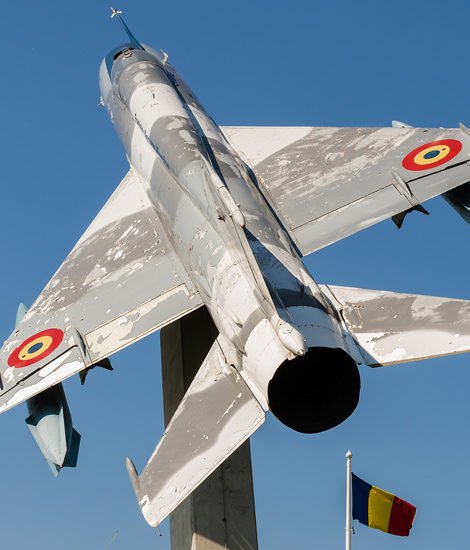
|
Romania During the Cold War; Bucuresti, September 18, 2015
The Romanian Air Force, part 2; Text and Photograph's by Alex van Noye
During the Cold War, Romania was one of the member states of the Warsaw Pact. This military organization was the counterpart of the Western NATO and consisted of the Eastern European countries. This period was the highlight days for the Romanian Air Force in which were many types of aircraft in active service.
During the Cold War much would change in the structure of the Romanian Air Force. The entire organization of the Air Force was set up according to the organization structure of the Soviet Union. In 1946, the prefix "Royal" was dropped from the name of the Romanian Air Force and the Air Force received the name "Fortele Aeriene ale Republicii Populeenre Romane" (Air Force of the People's Republic of Romania). On February 15, 1949, the aviation command was established based on the Soviet model with regiments instead of fleets. New aircraft like the Soviet Yakovlev Yak-18, the Polikarpov Po-2, the Lavochkin La-9, the Tupolev Tu-2, and the Ilyushin Il-10 were purchased. Between 1951 and 1960, the Romanian Air Force was reinforced during this typical post-war phase in Eastern Europe. In 1951 there were eight regiments (Regimentul Aviatie the vanatoare Response) established under the command of a total of three divisions (Divizia Aviatie the vanatoare reaction). These divisions were supported by a number of training regiments. There were 77 IAK-17 and IAK-23s added to the Air Force inventory and in 1952 also a series 88 aircraft arrived in the form of the MiG-15, the MiG-15bis, the Avia S-102S (Czech-built MiG-15s), and the MiG-17. The MiG-15 and MiG-17 fighter aircraft were at that time its time far ahead. In 1955, Romania would become like many other Eastern European countries a member state of the Warsaw Pact. In 1958, during the rule of Gheorghe Gheorghiu-Dej in consultation with the Russians it was decided to withdraw Soviet troops from the country. Romania was one the first countries which openly sended away the Soviet troops from its country.
However, Romania continued to maintain a close relationship with the Soviet Union. In 1956, the first helicopter unit was founded in Romania. The unit would fly with four Mil Mi-4 helicopters coming from the Soviet Union. In 1958 the first supersonic fighter plane was delivered to the air force; this aircraft was the MiG-19. The MiG-19 was the
|
|
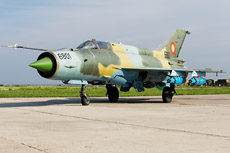
|
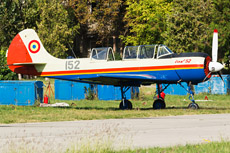
|
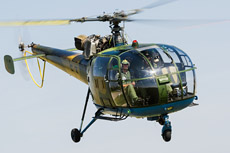
|
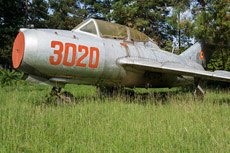
|
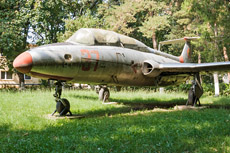
|
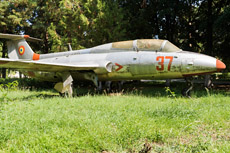
|
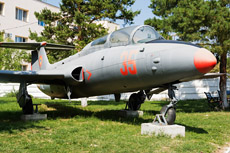
|
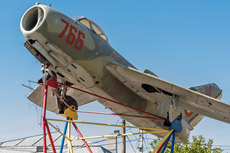
|
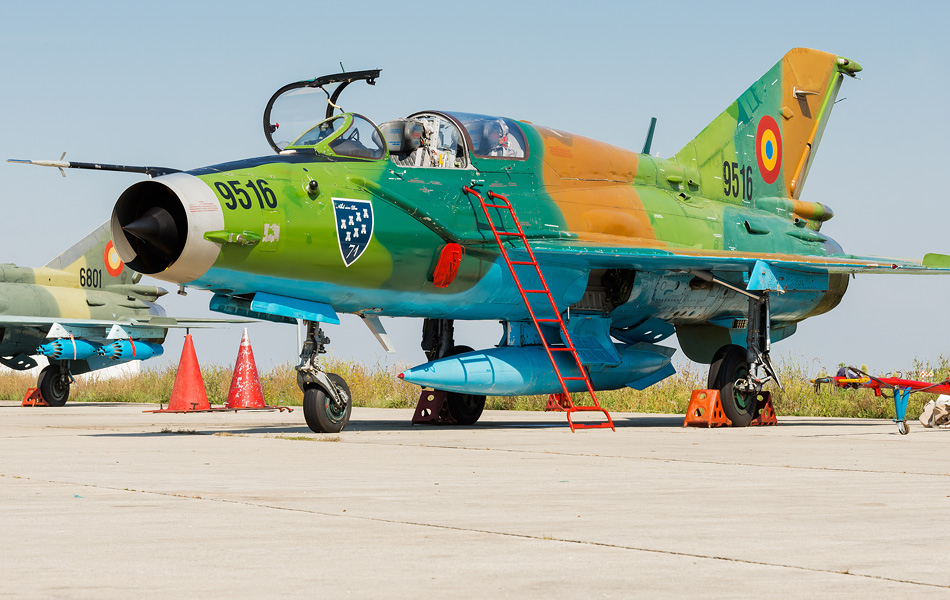
|
first twin-engine aircraft from the MiG series. Three years later, in February 1962, a new fighter was added to the Orbat of Romania. This aircraft was the MiG-21 and was one of the most effective fighters of that time. The MiG-21 was a concept which was never built before and was at that time superior in a dogfight against western aircraft. The first MiG-21 variant which entered operation at the Romanian Air Force was the MiG-21F-13. The first MiG-21 squadron which was equipped was the 91st Fighter Aviation Regiment at the airbase Deveselu. Later there were more variants purchased, such as the MiG-21PF, MiG-21PFM, MiG-21UM, MiG-21M and MiG-21MF. In 1962 next to the MiG-21 also the in Poland built PZL-Swidnik SM-2 entered operation. These helicopters were a Polish-built version of the Mil Mi-1 and were much larger than its predecessor.
In the 60s and 70s the Romanians succeeded to restore again their national aircraft industry which was almost dead since the Second World War. In the early 70s there were in addition to the aircraft from the Soviet Union also aircraft in service with the Romanian Air Force from Romanian origin. Romania was now one of the few Warsaw Pact countries which also bought aircraft from the West. One of the most important aircraft which joined the Romanian Air Force was the IAR-93 which made its first flight on October 31, 1974. The IAR-93 was a subsonic fighter which was designed to serve as a fighter-bomber. The aircraft was developed by IAR in collaboration with the Yugoslavs where the plane entered service as the J-22 Orao. The development of this aircraft was a huge step forward for the Romanian aviation industry. The IAR-93 was at that time the only fighter in the Warsaw Pact which was not from Soviet origin. The IAR-93 was assigned to the 67th Fighter-Bomber Regiment at Craiova and to the 49th Fighter-Bomber Regiment at Ianca to replace the outdated MiG-15s and MiG-17s. Between 1971 and 1985 the prototypes of more aircraft were developed which were built by the Romanian aviation industry for the Romanian Air Force. The helicopter fleet would be equipped with helicopters which were built under license by IAR from several French concepts. These helicopters were the IAR-316 Allouette III and the IAR-330 Puma. The IAR-823 was developed for training purposes. This aircraft would later become known as the IAR-99 Soim.
Also, the fleet of Russian-made fighter planes was modernized. Besides the IAR aircraft which entered service also a dozen of MiG-23 "Flogger" aircraft were purchased in the period from July to September 1979. The MiG-23s were based at Timisoara in the southwest of the country and were assigned to the 93rd Fighter Regiment where they would replace the MiG-19 and the older generations of MiG-21s. A total of 46 MiG-23s were delivered to the Romanian Air Force. This fleet consisted of 36 MiG-23MF interception fighters and 10 MiG-23UB trainers. The MiG-23 fleet would remain in use in the Romanian Air Force after the fall of the Soviet Union in 1989. Eventually, the aircraft were phased out in 2003 and Timisoara was disbanded. The last Soviet fighter which was delivered to the Romanian Air Force was the MiG-29 "Fulcrum". These aircraft were delivered to the Romanians in the period from 1989 until 1990. The aircraft which were delivered were 17 MiG-29As and five MiG-29UBs. The first MiG-29s were delivered just a few days before the fall of Nicolae Ceausescu and the Romanian Revolution. The MiG-29 was stationed at Mikhail-Kogelnichanu in the east of the country. The MiG-29 is so far the last aircraft of Russian origin which is delivered to the Romanians. After the fall of the Soviet Union, Romania focused entirely on the west. The MiG-29 was flown by the Romanian Air Force until 2003 when the aircraft was put into storage as a result of a contraction in the Romanian Air Force. From the beginning of the 90s, Romania entered a new era.
|
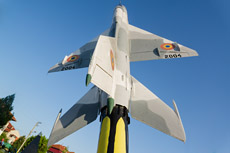
|
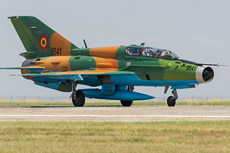
|
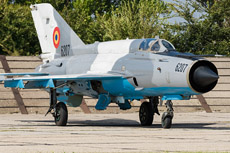
|
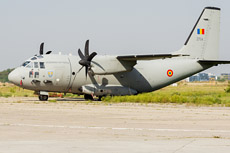
|
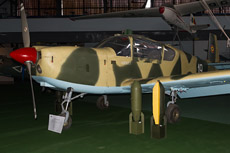
|
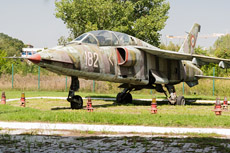
|
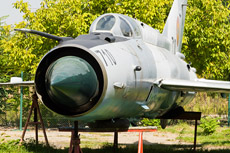
|
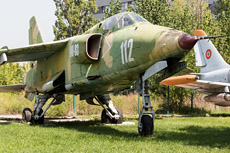
|
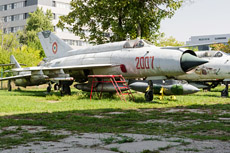
|
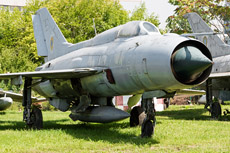
|
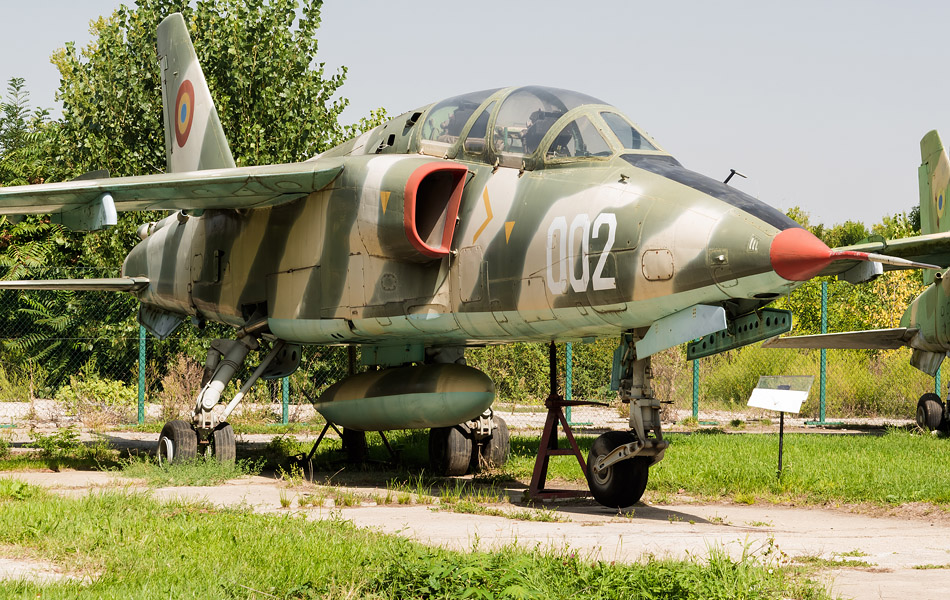
|
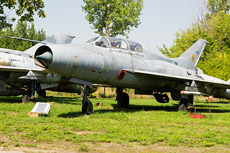
|
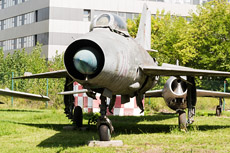
|
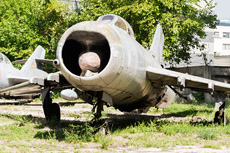
|
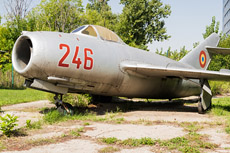
|
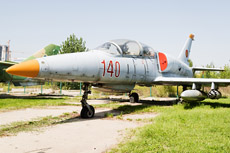
|
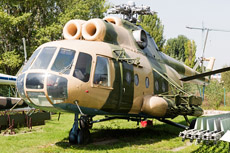
|
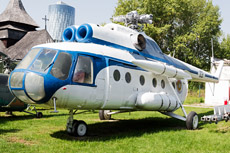
|
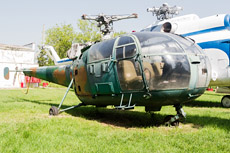
|
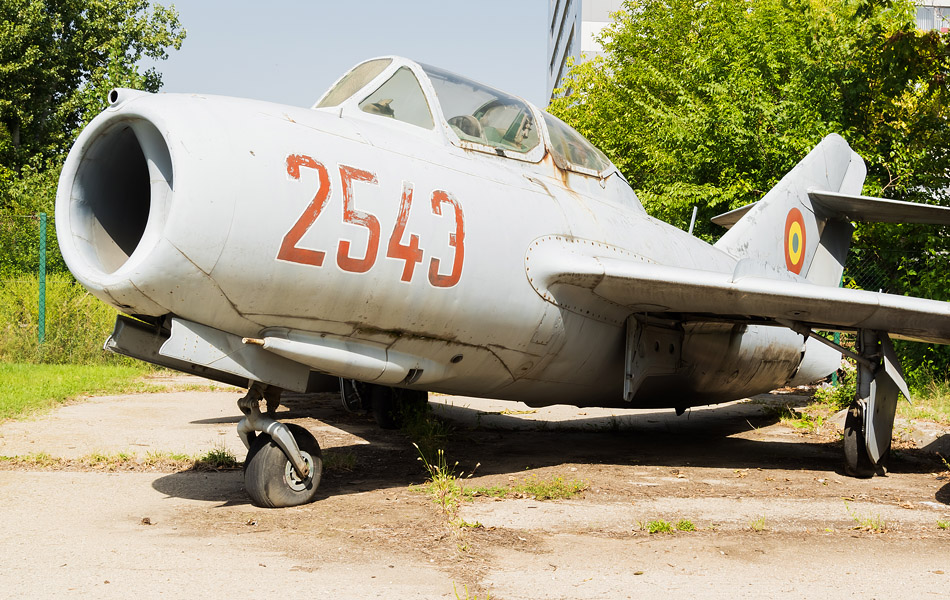
|
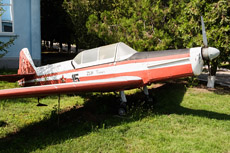
|
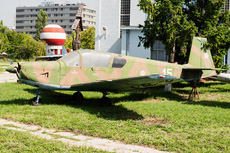
|
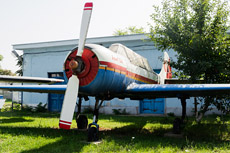
|
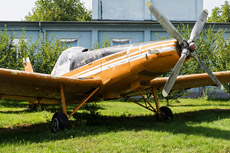
|
|
|

|







